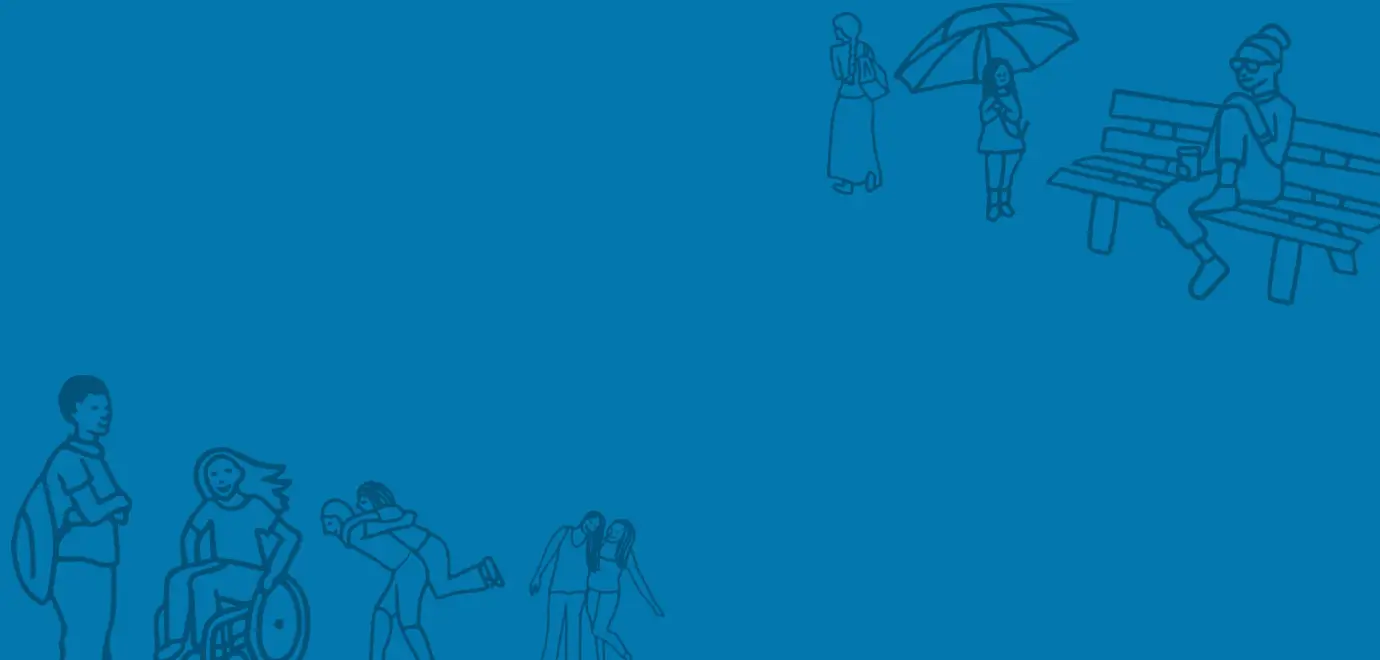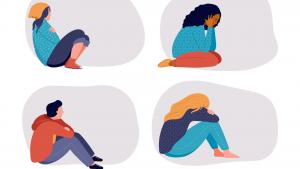Last week I published my report ‘Homeless 16- and 17-year-olds in need of care’ where I set out that every child deserves a safe and loving home – either with their own family or, if that is not possible, in a stable, caring alternative.
As Children’s Commissioner, I have heard from children across the country, including in my recent independent Family Review, about just how central a loving home is for every child to be happy, and to succeed.
Sadly though, there are still too many children who do not have that stable base. Particularly worryingly, every year thousands of 16- and 17-year-old children present to their local authority as homeless.
Too many of them are not getting the care they deserve and are entitled to. My report. My report shows for the first time only 40% of children (excluding children seeking asylum) were accommodated and of those children, less than half (39%) were taken into care as they should be.
In this blog I want to explore some of the reasons why this is still happening, despite clear statutory guidance that children should be taken into care under section 20 of the Children Act.
I know that there are many dedicated professionals out there doing their best to support children, in incredibly pressured environments. Sometimes, children will have been given all the information and advice they need, but will still refuse to come into care.
But sometimes this information isn’t clear or helpful, and the implications of decisions are not properly explained. As one young person said ‘When I was first provided with these options, I genuinely had no idea what any of them meant. And obviously I just come from believing that I was gonna be homeless… You’re not in a place to make be making loads of really big, important life changing decisions.’ – Young man, 19
But even more concerningly, sometimes children reported the information was deliberately misleading.
But there were some other more structural changes that also seem to affect children’s chances of ending up being looked after. One of these was whether or not they received help from an advocate. Over a third of children who had accepted an advocate were accommodated under section 20 (38%), compared to only 12% for children who were not offered an advocate. Even among just those children who were offered an advocate, children who accepted the offer were more likely to be given care under section 20 than children who declined – 38% vs 31%.
Another was which ‘front door’ a child presented to. Although any child seeking help should receive the same help, those presenting following an initial contact with local authority homeless teams or housing associations were most likely to not be accommodated and, of those who were accommodated, they were housed mostly through section 17 and other housing legislation. Just 8% of these children were accommodated under section 20. Referrals via social services and via a school or college led to the highest percentages of children being given care under section 20 (19% and 16% respectively).
I want to see every child who cannot live safely with their own family networks taken into care, with the legal protections that provides. That is why I have suggested changes that would mean an independent reviewing officer would have to agree any decision not to place a child in care after they present as homeless. For local authorities to deliver this in practice would have significant cost implications, and they must be appropriately resourced to make sure that every child who needs care receives it.






